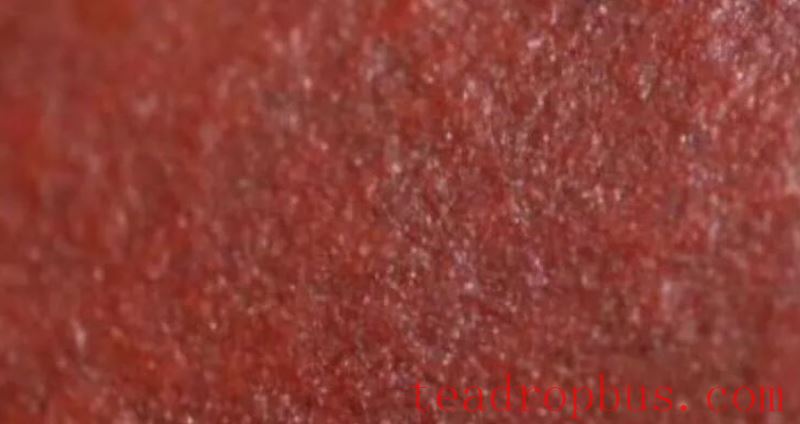The luster of a Zisha Teapot, also known as “water color,” can appear either smooth or dry. What causes this difference? Is it the clay, the craftsmanship, or something else?…
We see various colorful substances because they reflect light. The less reflective a material is, the darker it appears. If no light is reflected at all, we wouldn't be able to see it even under direct sunlight; this is what makes objects invisible.

(Close-up)
After firing, Zisha Teapots develop a sand-like texture due to surface contraction. Most of the light is absorbed by this textured surface, which is why new Zisha teapots tend to look dull compared to other objects. Only a small portion of light is reflected from the crystalline areas, making the teapot visible.
When a Zisha teapot is cared for over time, Tea oils absorb onto the textured surfaces at different depths, increasing the density of reflective points. These points reflect light from varying depths, giving the appearance of a luminous depth. The scattered light from the crystalline points creates an effect similar to a misty glow.
Therefore, authentic Zisha teapots don't appear overly bright and don't dazzle in strong light. Instead, they give off a warm and smooth impression.
Evaluating luster might seem simple but requires practice. A Zisha teapot with good luster is made from pure, high-quality clay, has excellent craftsmanship, and is fired at the right temperature:
1. The clay must be pure and of high quality. Only clays with high sand purity allow the sand particles to remain fixed, enabling the burnishing tool to effectively polish them (in the case of non-local clays, applying pressure with the burnishing tool would cause the sand particles to sink into the clay, leaving a powdery surface).
Additionally, the sand particles must be uniform. Clays with many impurities or uneven vitrification will not produce a crystalline luster due to their differing firing temperatures and colors. Therefore, a teapot with a crystalline luster is undoubtedly made from high-quality clay.
2. Superior craftsmanship is essential. Without skilled burnishing to level the sand particles and clean the clay surface, a crystalline luster cannot be achieved. Even the best clay would result in a mud-like color without proper burnishing. Therefore, a teapot with a crystalline luster is indicative of excellent craftsmanship.
3. A Zisha teapot is fully fired and vitrified, with the correct temperature being crucial. Zisha ore belongs to the kaolinite-quartz-mica type and has an optimal particle composition. A Zisha teapot that hasn't reached vitrification cannot exhibit a crystalline luster.